This article was co-authored by Rebecca Levy-Gantt, MPT, DO. Dr. Rebecca Levy-Gantt is a board certified Obstetrician and Gynecologist running a private practice based in Napa, California. Dr. Levy-Gantt specializes in menopause, peri-menopause and hormonal management, including bio-Identical and compounded hormone treatments and alternative treatments. She is also a Nationally Certified Menopause Practitioner and is on the national listing of physicians who specialize in menopausal management. She received a Masters of Physical Therapy from Boston University and a Doctor of Osteopathic Medicine (DO) from the New York College of Osteopathic Medicine.
There are 15 references cited in this article, which can be found at the bottom of the page.
wikiHow marks an article as reader-approved once it receives enough positive feedback. In this case, 100% of readers who voted found the article helpful, earning it our reader-approved status.
This article has been viewed 224,249 times.
For some women, menstrual pain can be the worst. You may feel so bloated, sick, or troubled by cramps that you may not even want to get out of bed. Although you may think that the best thing you can do is lie down, be miserable, and wait for your period to be over, you do have some control over your menstrual pain. At home treatments can help you relieve your pain fast, but it's often best to see a healthcare provider, especially if you have heavy periods. Additionally, making dietary changes can help lessen your pain and bloating.
Steps
Treating Pain at Home
-
1Apply heat. Applying heat to your lower abdomen or lower back can help relax the contracting muscles in your uterus, which cause much of the pain associated with your period. You can use a regular water bottle or thermos filled with hot water, or you can invest in an over-the-counter heating pad or patch that can help alleviate your menstrual pain. They may cost over $20, but the investment can be worth it if you’re in a lot of pain.[1]
- Just spending 5-10 minutes applying heat to your body twice a day can make a big impact.
-
2Take a warm bath. Taking a warm bath may also provide some of the same relief you may feel when you apply heat to your lower abdomen and back to ease menstrual cramps. You can try taking a warm bath in addition to treating your body with heat in order to ease your menstrual pain. At worst, it will at least help you relax, which can help ease cramping throughout your body.[2] [3]Advertisement
-
3Get some light exercise. When you’re on your period, then exercising may seem about as appealing as putting your hand in a beehive. However, making an effort to exercise, even if you’re just going for a short walk, while you’re on your period, can actually reduce the cramps and pain that you’re feeling. This is because aerobic exercise makes your body pump more blood, which lets it release endorphins to counteract the prostaglandins in your body, reducing your cramps and pain.[4]
- In fact, having a steady exercise routine throughout the month can make your period less painful when that time of the month comes.
-
4Try specific exercises for cramp relief. Though any moderate exercise can help relieve your menstrual pain, you may want to try some specific exercises that may help ease your pain. Here’s what you can do:
- Sit on the floor with your legs as far apart as they will go. Reach for your toes and ankles while keeping your back straight, while holding in your diaphragm. Take a few deep breaths and bend toward the floor when you exhale for the last time.
- Sit with your knees open and bent at the sides, with the soles of your feet together. Place your hands under your toes or place your hands around your ankles. Press the soles of your feet together while breathing in with your back straight, lifting your head a bit as you breathe in and out 4-5 times. You may know this position as the butterfly.
- Lie on your back with your legs straight out, and bend one knee and pull it up to your chin. Hug your knee with both hands and hold the position for 1-2 minutes; then, repeat on the other side.
-
5Empty your bladder as soon as you need to. Not emptying your bladder when you feel the urge to urinate can cause pain in your bladder, and can make your cramps feel even worse. Even if you’re in a significant amount of pain and don’t want to leave your bed for the afternoon, making sure to empty your bladder regularly can help you ease your menstrual pain. Since hydrating is an important aspect of staying healthy during your period, you may even have to empty your bladder more frequently than normal.[5]
-
6Know that there’s no medical proof that tampons cause more cramping than pads. Though you may have heard a rumor that tampons cause more cramping than pads, there is absolutely no proof that this is the case. If tampons are hurting you, then there may be some other reason, and you should talk to your doctor about it, but the fact that pads cause less pain than tampons is just a plain myth.
- You can see for yourself. Try wearing a pad instead of a tampon for a day and you’ll find that there’s really no difference.
-
7See a healthcare provider if nothing helps or you have heavy periods. They can determine if you need a medical intervention, such as birth control pills, to help manage your period. While many women will get relief from at-home treatments, some women need help from a healthcare provider to address their menstrual pain. This is especially true if you experience periods that are heavy or last longer than 7 days.[6]
- If you soak through a pad or tampon in 1-2 hours, that's a sign that your period is heavy.[7]
- Regardless of how many pads or tampons you use per cycle, talk to your healthcare provider if you suspect that your period is heavy.
Using Other Treatment Options
-
1Take non-prescription medication. Medication can also ease the pain associated with your period. While you don’t want to get in the habit of regularly taking it unless you really need it, it can prove to be a powerful antidote to your period pain. Make sure you talk to your doctor if you plan on taking these medications regularly so you can make sure they are right for your body. You can consider taking the following over-the-counter medications to ease your pain:[8]
- An acetaminophen, such as Tylenol
- NSAIDs (Nonsteroidal Anti-Inflammatory Drugs) such as Ibuprofen such as Advil or Motrin, or Naproxens, such as Aleve or Naprosyn[9]
- Aspirin, such as Bayer or Bufferin
-
2Try acupuncture. A study with 944 participants showed that acupuncture may potentially ease the symptoms of dysmenorrhea, which is commonly known as period pain, which include vomiting, nausea, and cramping. Though further research needs to be done with a larger number of participants, the study does suggest that acupuncture may ease the pain of period pain and has no adverse effects. If you’re looking for an original and innovative solution for your pain, this treatment may just do the trick.
- Even though there’s no guarantee that this will work, it’s worth giving it a shot, especially if you feel like you’ve tried everything else.
-
3Consider taking birth control. Birth control has been proven to reduce cramps in many women. If you’re not on the birth control pill, you may want to consider talking to your doctor about taking it. You may think that they are only for sexually active women, when in fact, birth control can be taken to reduce cramps and other menstrual pain, as well as to regulate your period.[10] If your menstrual pain is very severe, then you may want to consider this option.[11] [12]
- There are some risks associated with the birth control pill as well, such as a small increased risk of cancer, and raised cholesterol levels and blood pressure.
Adjusting Your Diet
-
1Hydrate. Drinking water can keep your body from retaining water, which will help you avoid bloating during your period. Drinking hot or warm water can be even better for your period than cold water, because hot liquids can increase the blood flow to your skin and can help relax your cramped muscles. Make sure to get at least 10 8-ounce glasses of water in your diet, if not more. You can also add additional water to your diet by eating foods that are water-based. Here are some foods that you can make sure to eat during your period to increase hydration:[13]
- Lettuce
- Celery
- Strawberries
- Cucumbers
- Watermelon
-
2Get enough calcium. It’s important to have enough calcium in your diet, regardless of whether or not it’s your time of the month. That said, it’s especially important to pay attention to your calcium intake during your period because having enough calcium can reduce the cramps you may feel during menstruation. Fewer cramps can mean less pain.[14] Eat these calcium-rich foods to increase your intake:[15]
- Dairy products such as cheese, yogurt, and milk
- Sesame seeds
- Leafy green vegetables, such as spinach, turnips, or kale
- Almonds
- Soy milk
-
3Eat foods packed with nutrients. If you have poor nutrition, then you’ll be suffering from deficiencies that get worse during your time of the month. It’s important, therefore, to have plenty of foods that are packed with important vitamins so your body stays strong during your time of the month. Here are some foods that you can try:[16]
- Brown rice (full of vitamin B6, which helps reduce bloating)
- Almonds, walnuts, and pumpkin seeds (contain manganese, which helps with cramps)
- Olive oil and broccoli (rich in vitamin E)
- Leafy greens, fish, and chicken (they have iron, which can help make up for iron lost during your period).
- Cinnamon is also rich in iron, and so are papayas.
- Add some ginger to your diet. It has the potential to alleviate menstrual pain.
- Avoid foods with fake sugar and eat foods with natural sugars, like strawberries, instead.
-
4Avoid foods that cause bloating. You’re likely to already feel a bit extra bloated when you’re on your period, so this would be a good time to avoid foods that cause you to retain water and feel extra bloated. These include fatty foods, grains, and carbonated beverages, so you should ease up on the following foods and drinks:[17]
- Soda
- French fries
- Burgers
- Beans
- Whole grains
- Lentils
- Apricots
- Cabbage
-
5Reduce your caffeine intake. Cutting down on your caffeine intake can help you relieve the tension that you’re feeling and minimize your cramps. Instead of your usual coffee, have a small cup of tea, or even replace your black tea with non-caffeinated tea such as ginger tea or chamomile. Caffeine can also make you dehydrated because it's a natural diuretic, which can lead your body to retain more water and can make you feel more bloated.[18]
- If you’re really addicted to caffeine, you shouldn’t do away with it during your time of the month all together or you may experience headaches or other pain from withdrawal.
-
6Make sure you’re getting enough Vitamin D. One study found that receiving enough Vitamin D can help ease the pain associated with menstrual cramps.[19] It’s important to take a supplement or to make sure you’re getting enough Vitamin D in your diet if you regularly suffer from menstrual pain. The foods associated with Vitamin D include the following:[20]
- Fatty fish such as salmon, tuna, or mackerel
- Orange juice
- Soy milk
- Cereal
- Cheese
- Egg yolk
-
7Drink chamomile tea. There is more and more research that suggests that herbal remedies may have real medicinal benefits. One of these studies, performed by the American Chemical Society, showed that women who drink chamomile tea during their periods have higher levels of hippurate, which is a natural anti-inflammatory that has the power to ease the pain associated with period pain. If you’re looking for a way to ease your menstrual pain without taking over-the-counter medication, then chamomile tea may do the trick.[21]
- This tea can also be soothing at night and can make you get to sleep more peacefully.
Expert Q&A
-
QuestionHow can you prevent getting large blood clots during your period?
 Rebecca Levy-Gantt, MPT, DODr. Rebecca Levy-Gantt is a board certified Obstetrician and Gynecologist running a private practice based in Napa, California. Dr. Levy-Gantt specializes in menopause, peri-menopause and hormonal management, including bio-Identical and compounded hormone treatments and alternative treatments. She is also a Nationally Certified Menopause Practitioner and is on the national listing of physicians who specialize in menopausal management. She received a Masters of Physical Therapy from Boston University and a Doctor of Osteopathic Medicine (DO) from the New York College of Osteopathic Medicine.
Rebecca Levy-Gantt, MPT, DODr. Rebecca Levy-Gantt is a board certified Obstetrician and Gynecologist running a private practice based in Napa, California. Dr. Levy-Gantt specializes in menopause, peri-menopause and hormonal management, including bio-Identical and compounded hormone treatments and alternative treatments. She is also a Nationally Certified Menopause Practitioner and is on the national listing of physicians who specialize in menopausal management. She received a Masters of Physical Therapy from Boston University and a Doctor of Osteopathic Medicine (DO) from the New York College of Osteopathic Medicine.
Board Certified Obstetrician & Gynecologist It is better to see your health care practitioner if you have large blood clots and heavy bleeding during your period. You can find hormonal contraception that suits you. It can help to reduce clots and bleeding.
It is better to see your health care practitioner if you have large blood clots and heavy bleeding during your period. You can find hormonal contraception that suits you. It can help to reduce clots and bleeding. -
QuestionCan Motrin or Ibuprofen help to reduce blood clots?
 Rebecca Levy-Gantt, MPT, DODr. Rebecca Levy-Gantt is a board certified Obstetrician and Gynecologist running a private practice based in Napa, California. Dr. Levy-Gantt specializes in menopause, peri-menopause and hormonal management, including bio-Identical and compounded hormone treatments and alternative treatments. She is also a Nationally Certified Menopause Practitioner and is on the national listing of physicians who specialize in menopausal management. She received a Masters of Physical Therapy from Boston University and a Doctor of Osteopathic Medicine (DO) from the New York College of Osteopathic Medicine.
Rebecca Levy-Gantt, MPT, DODr. Rebecca Levy-Gantt is a board certified Obstetrician and Gynecologist running a private practice based in Napa, California. Dr. Levy-Gantt specializes in menopause, peri-menopause and hormonal management, including bio-Identical and compounded hormone treatments and alternative treatments. She is also a Nationally Certified Menopause Practitioner and is on the national listing of physicians who specialize in menopausal management. She received a Masters of Physical Therapy from Boston University and a Doctor of Osteopathic Medicine (DO) from the New York College of Osteopathic Medicine.
Board Certified Obstetrician & Gynecologist Motrin and Ibuprofen belong to a category of medications called non-steroidal anti-inflammatories. If you take them in the right way, which means you take them at certain times of the month for a certain amount of time preceding a period, they very easily can cut down on the amount of bleeding and clotting during your period.
Motrin and Ibuprofen belong to a category of medications called non-steroidal anti-inflammatories. If you take them in the right way, which means you take them at certain times of the month for a certain amount of time preceding a period, they very easily can cut down on the amount of bleeding and clotting during your period.
Warnings
- Alongside with nausea, you may get dizzy, unstable, and feel as if you're going to faint. If so, sit or lay down, press your forehead against something cold (a blanket, a cold pillow or a wet tissue will work), and try not to move your head too much. Wait until it passes.⧼thumbs_response⧽
- You mustn't feel uncomfortable or force a stronger bleeding. Be careful when dancing and going for walks. When doing the latter, don't bring your pet with you- you may be forced to speed up to keep up with it.⧼thumbs_response⧽
- Some people respond badly to certain herbs, either due to allergy or they just cause them digestion problems, so make sure you check the ingredients of the tea you're making, as they are oftentimes a mixture of several different herbs.⧼thumbs_response⧽
- If the pain is too strong and too persistent, and you bleed more than you usually would, you should check with your gynecologist. You might have an inflammation of your ovaries.⧼thumbs_response⧽
- If any of these problems are too intense for you to handle, and none of this advice works, seek professional help.⧼thumbs_response⧽
References
- ↑ http://www.medicaldaily.com/menstrual-cramps-6-home-remedies-247558
- ↑ http://health.howstuffworks.com/wellness/natural-medicine/home-remedies/home-remedies-for-menstrual-problems1.htm
- ↑ http://www.webmd.com/women/menstrual-cramps
- ↑ http://www.medicaldaily.com/menstrual-cramps-6-home-remedies-247558
- ↑ http://www.webmd.com/women/tc/menstrual-cramps-home-treatment
- ↑ Rebecca Levy-Gantt, MPT, DO. Board Certified Obstetrician & Gynecologist. Expert Interview. 3 April 2020.
- ↑ https://www.mayoclinic.org/healthy-lifestyle/womens-health/in-depth/menstrual-cycle/art-20047186?pg=2
- ↑ http://www.webmd.com/women/tc/menstrual-cramps-home-treatment
- ↑ Rebecca Levy-Gantt, MPT, DO. Board Certified Obstetrician & Gynecologist. Expert Interview. 3 April 2020.
- ↑ Rebecca Levy-Gantt, MPT, DO. Board Certified Obstetrician & Gynecologist. Expert Interview. 3 April 2020.
- ↑ http://www.mayoclinic.org/healthy-living/birth-control/in-depth/birth-control-pill/art-20045136?pg=2M/
- ↑ http://health.howstuffworks.com/wellness/natural-medicine/home-remedies/home-remedies-for-menstrual-problems1.htm
- ↑ http://www.healthline.com/health-slideshow/menstrual-cramp-remedies#2
- ↑ https://www.ncbi.nlm.nih.gov/pubmed/8498421
- ↑ http://www.webmd.com/food-recipes/features/10-calcium-rich-foods
- ↑ http://www.healthline.com/health-slideshow/menstrual-cramp-remedies#7
- ↑ http://www.healthline.com/health-slideshow/menstrual-cramp-remedies#8
- ↑ http://www.healthline.com/health-slideshow/menstrual-cramp-remedies#2
- ↑ http://news.health.com/2012/02/28/vitamin-d3-might-ease-menstrual-cramps/
- ↑ http://www.webmd.com/food-recipes/guide/calcium-vitamin-d-foods
- ↑ http://www.eurekalert.org/pub_releases/2005-01/acs-tn010405.php
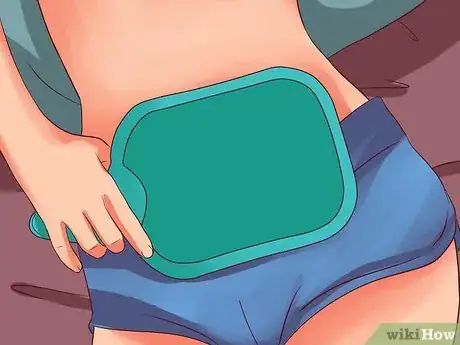
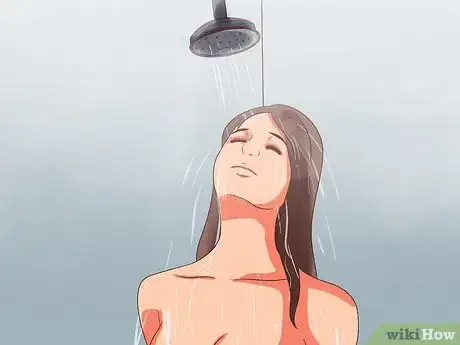
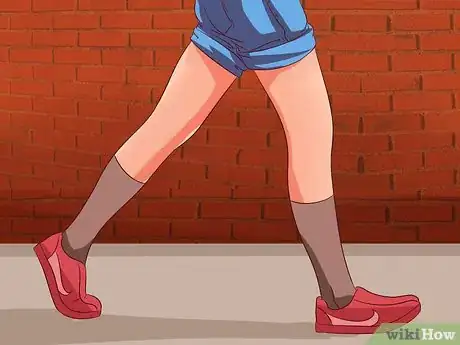
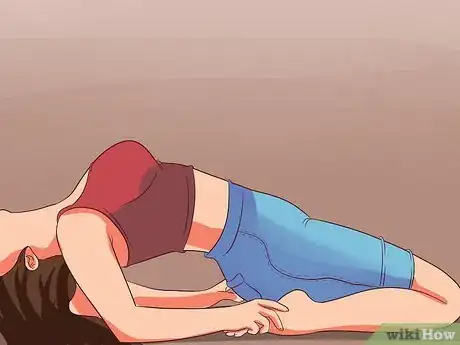
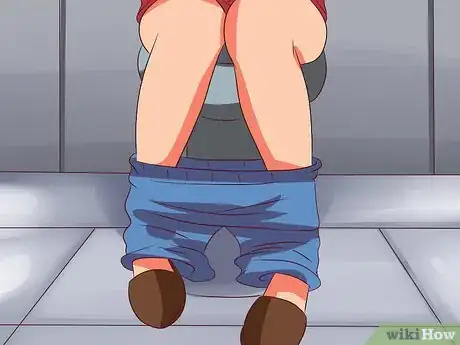


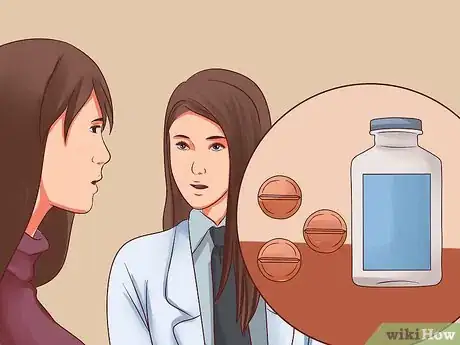
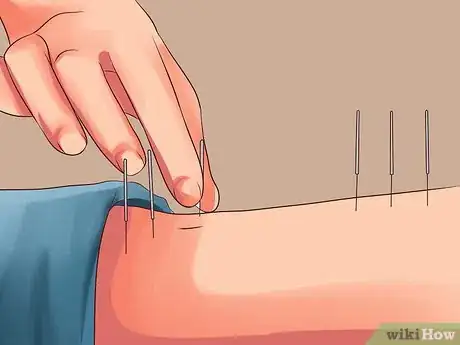
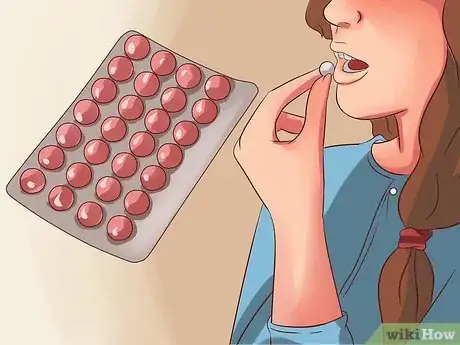
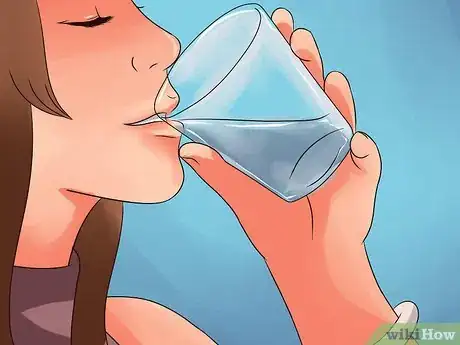

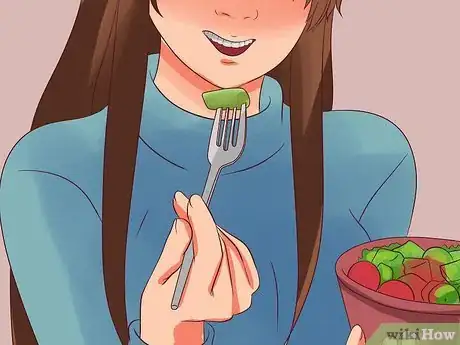



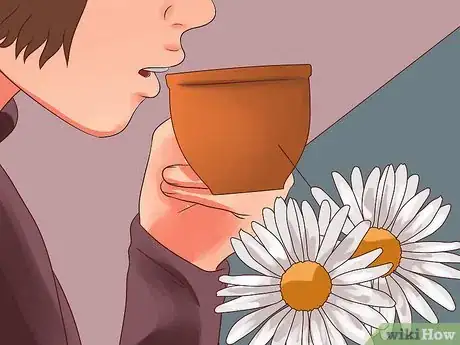
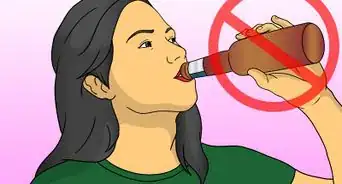

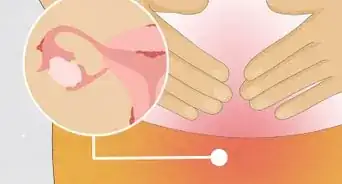
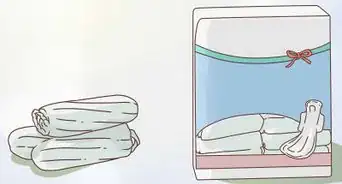
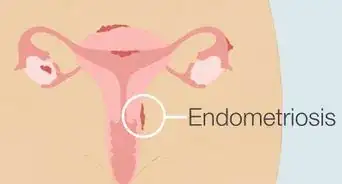

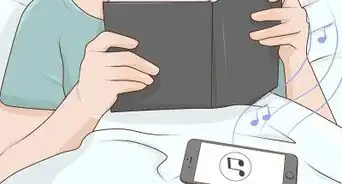

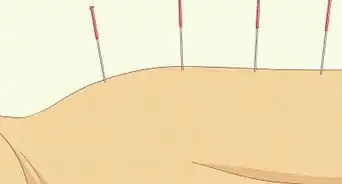
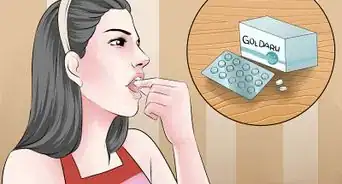









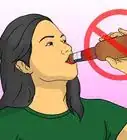
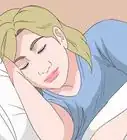

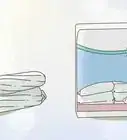



































Medical Disclaimer
The content of this article is not intended to be a substitute for professional medical advice, examination, diagnosis, or treatment. You should always contact your doctor or other qualified healthcare professional before starting, changing, or stopping any kind of health treatment.
Read More...